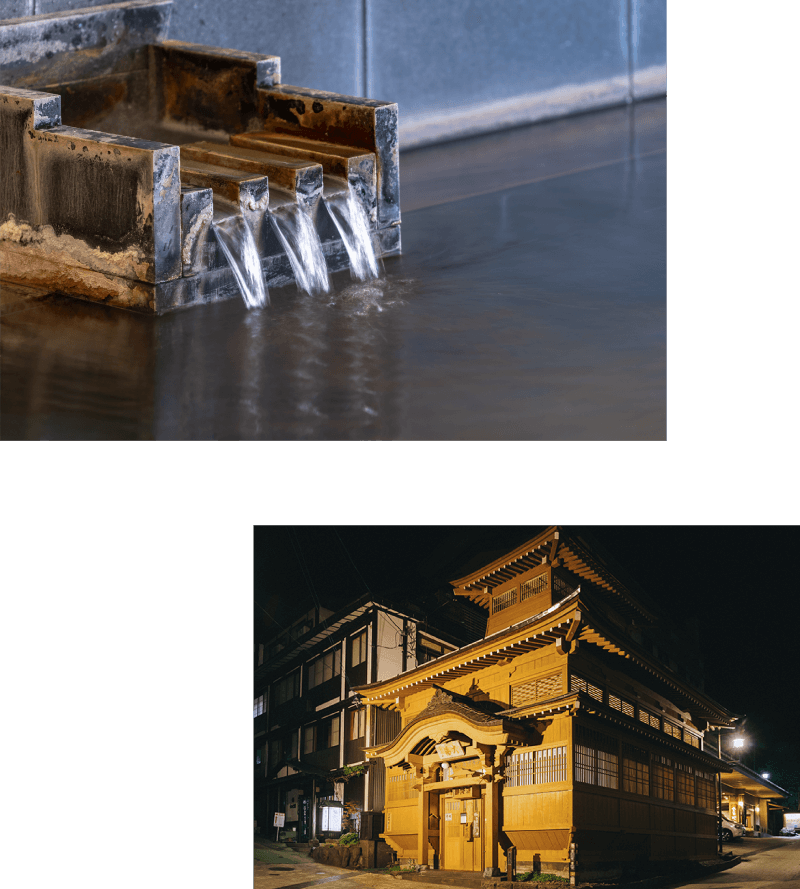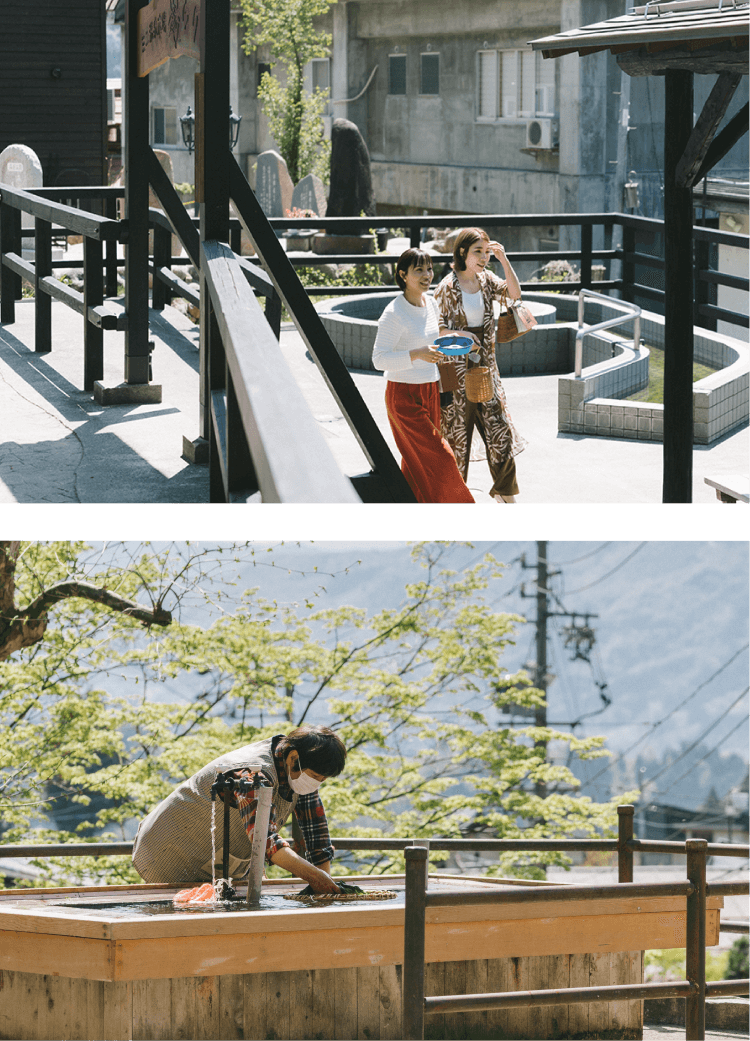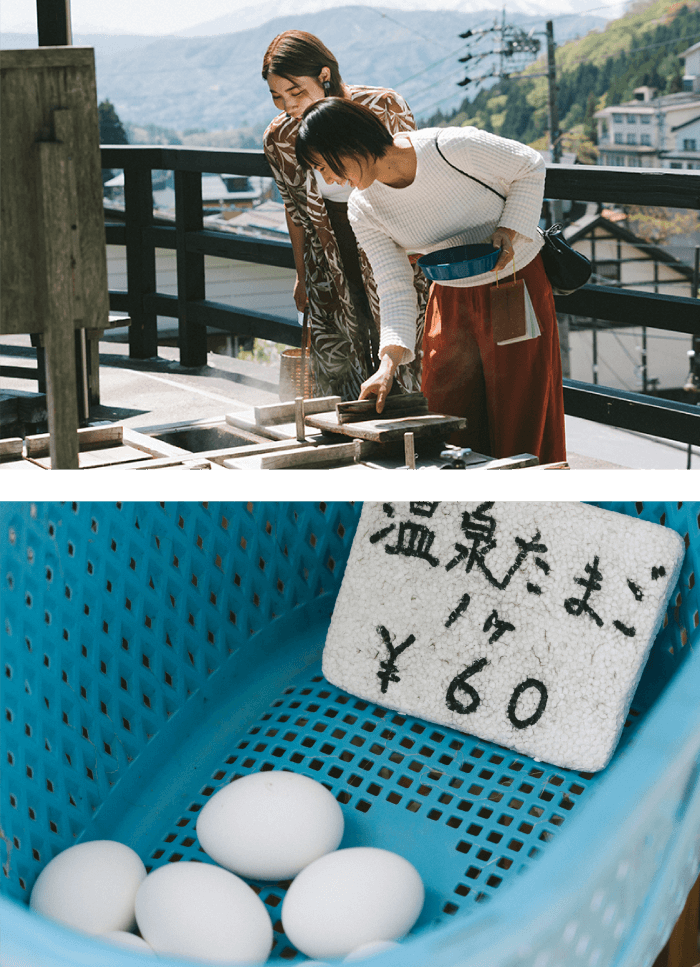An egg’s yolk solidifies at about 65 degrees Celsius, and the white solidifies at about 70 degrees. Onsen-tamago is a special type of boiled egg made by utilizing these facts—originally by putting raw eggs into hot water of 65 to 68 degrees.
Onsen-tamago is a boiled chicken egg, in which the yolk is half-boiled, while the white is slightly solidified.
Onsen-tamago is made by utilizing the difference between the temperatures at which an egg’s yolk and its white solidify.
When eggs are boiled, the white starts to solidify at 58 to 80 degrees Celsius, solidifying completely when the temperature reaches 80 degrees or more. On the other hand, the yolk solidifies at 64 to 70 degrees Celsius.
If an egg is boiled at about 70 degrees Celsius, only the yolk solidifies, while the white does not—thus resulting in onsen-tamago.
n contrast to ordinary soft-boiled eggs, onsen-tamago is characterized by the condition that the white is softer than the yolk.
If the temperature of the hot spring water is close to this range, eggs can be easily boiled by immersing them in this hot water. Japanese style hotels operating at hot spring resorts have often served this type of boiled egg, and this is probably why those boiled eggs are called “onsen-tamago.”
Onsen-tamago is usually served with the shell removed, in a small cup with a special sauce of broth and soya.
Boiled at a low temperature, onsen tamago have a sterilizing enzyme inside them called “lysozyme,” which is still active as it is in raw eggs. With no risk of food poisoning because it is sterilized, onsen-tamago is perfect nutritional food and is considered to keep well.










